I Tried ‘Microshifting’ to Balance Chores and Rest in My Busiest November Ever – My To-Do List No Longer Keeps Me From Enjoying the Holidays
It isn’t just helpful for work-life balance


By November, my to-do lists feel never-ending – cleaning, organizing, budgeting, prepping – there is never enough time to actually enjoy the season. That’s why I tried ‘microshifting’ this month to prioritize downtime without leaving chores to the last minute.
Microshifting is a simple, flexible approach to work-like tasks that means you do less desirable chores around other commitments, rather than the other way around.
Now, my home feels calmer, my weekends lighter, and my to-do lists are far less overwhelming. Here’s how to use this productivity trick in your home, and why the experts love this work-life balance hack for all aspects of life.
What is Microshifting?
Microshifting is, traditionally, a flexible approach to work. Rather than working in one linear hours-long shift, you break the work up into smaller chunks to fit around your other commitments, such as time with family, appointments, and activities. You still get everything done, but you no longer feel like your enjoyable tasks are shoe-horned into the end of your day, when you are already feeling burnt out, and struggle to be present.
As part of my hectic Christmas prep countdown, I am integrating this productivity trick to tackle my chores. As my schedule gets busier, breaking from my usual strict cleaning routine to fit it around my social commitments is the best way to both get organized for Christmas and actually enjoy the run-up to the festive season – a time period that, importantly, includes several important birthdays (including my own).
Dr. Sydney Ceruto, founder of MindLAB Neuroscience, says that this approach has good potential for reducing a lot of the stress associated with getting a home guest ready for the holidays.
‘Microshifting isn’t just a productivity trick; it’s a smart way to hack your brain’s dopamine system,’ she explains. ‘Our brains love novelty and tiny wins, so when you break chores into bite-sized steps, you get a small rush of motivation each time you finish something, even if it’s just unloading half the dishwasher. This keeps overwhelm at bay and builds momentum, which is why micro shifting feels less draining than powering through an entire to-do list in one go.’
Design expertise in your inbox – from inspiring decorating ideas and beautiful celebrity homes to practical gardening advice and shopping round-ups.
How to Microshift Your Chores
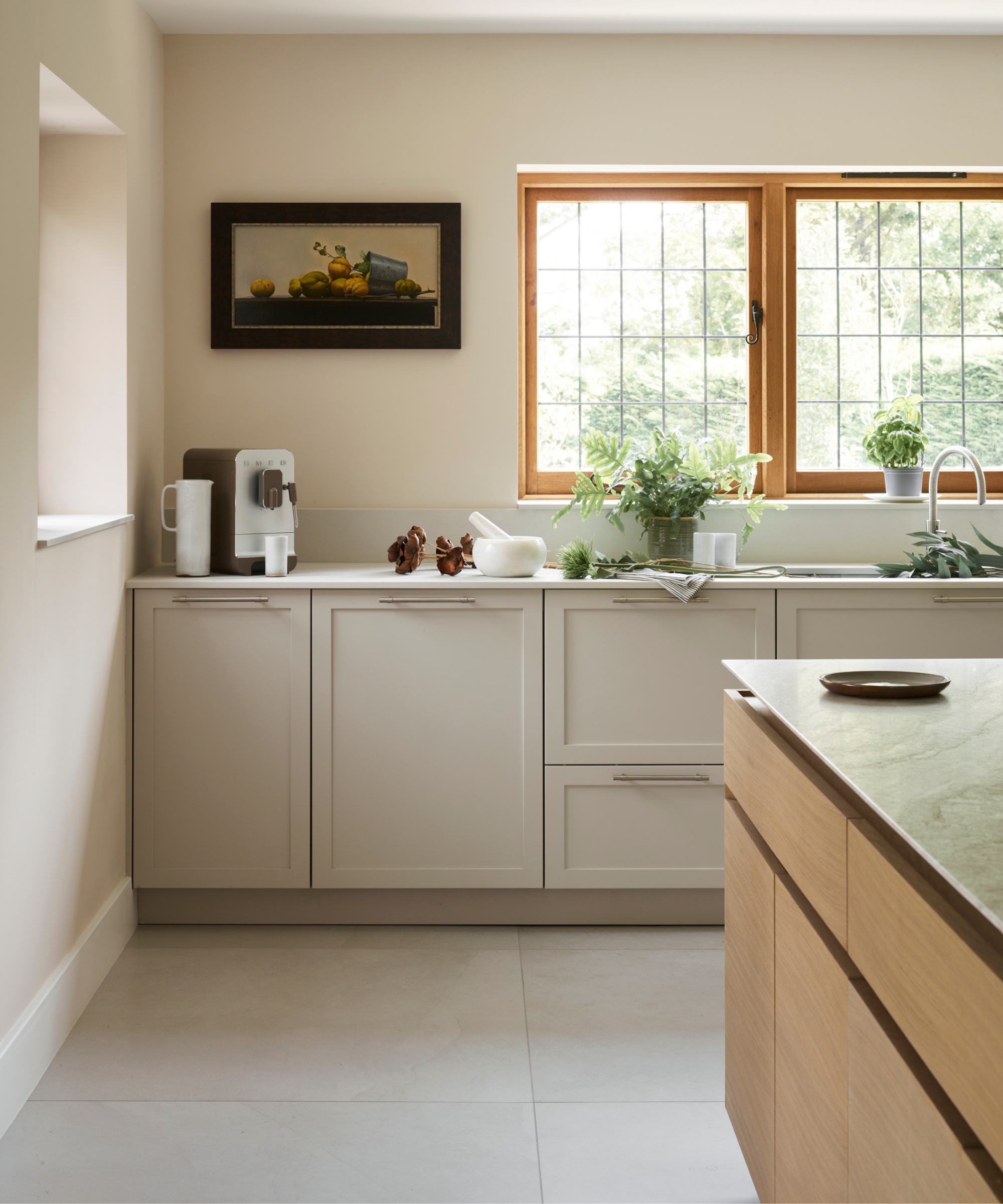
Microshifting has freed up so much time in the evenings to relax, despite November being my busiest month of the year.
Microshifting chores requires a level of self-discipline. You do, after all, have to complete the tasks after your other priorities, or you risk your house falling into disarray. As Sydney reminds us, ‘Microshifting lets you reclaim both your time and your sense of accomplishment, especially around the holidays, when every bit of motivation counts.’ It is not an excuse to skip chores altogether.
Rather, Sydney suggests using it to tackle your most hated chores, ‘seeing if you can break it down into three or more micro-tasks’ that you can then fit flexibly around your day. ‘Celebrate every small completion, even if it feels silly, your brain truly responds to the win,’ she adds.
It may help to use a daily planner, such as the Ruff House Spiral Planner from Anthropologie, to plot out your schedule, including white space in your day to offer downtime to relax, and then identify gaps where you can fit your chores into smaller shifts.
You could use microshifting alongside the ‘today's top three’ challenge, for instance, to slip three items from your to-do list around your more fun activities to pace yourself and still accomplish your goals. Using a cleaning playlist can also help boost dopamine and make must-do jobs around the home that little bit less painful.
My Verdict
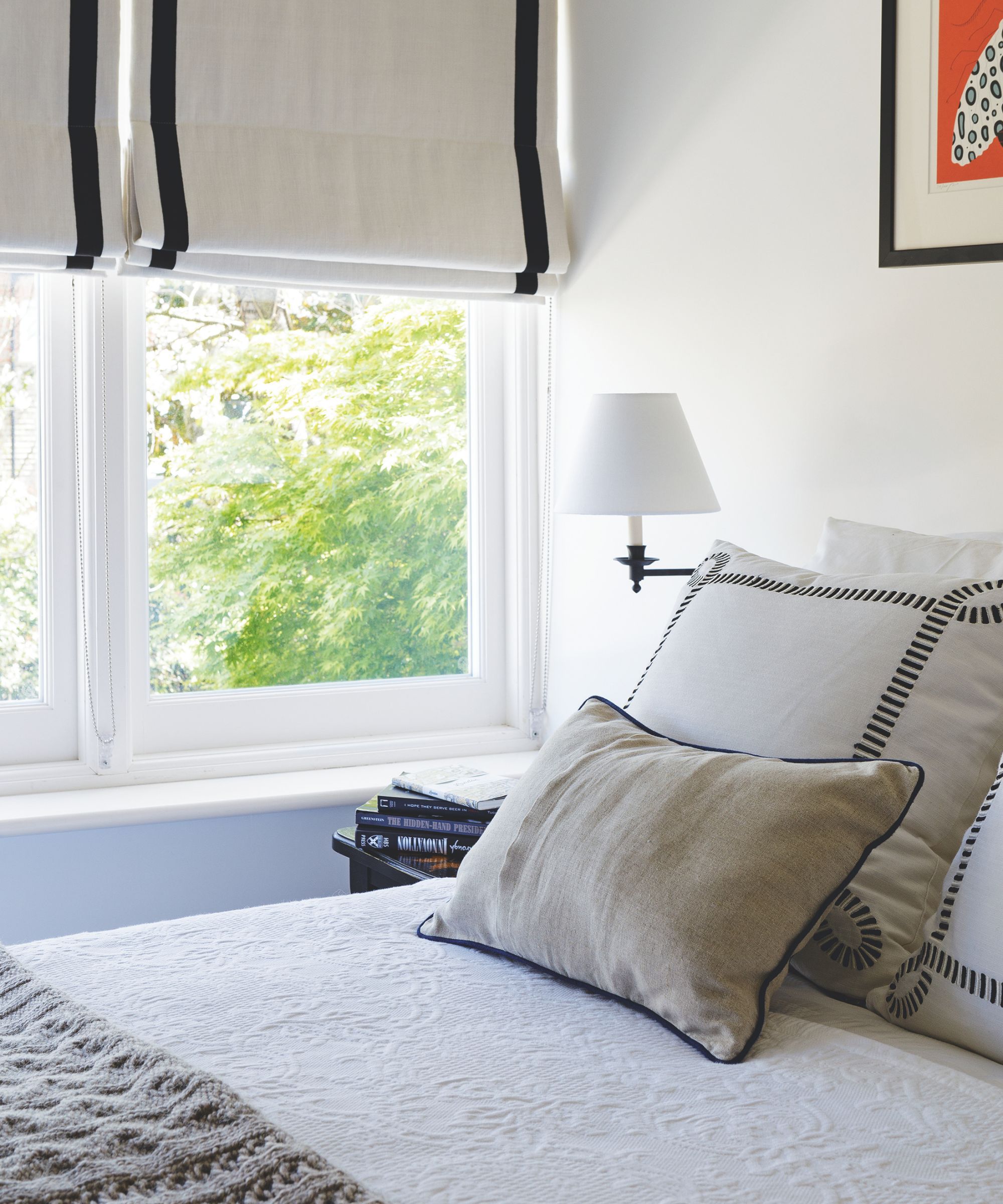
I am usually someone who does everything related to one task all at once. Having grown up in a military household with the concept of Ordung muss sein (which translates to 'there must be order'), I am far more accustomed to powering through every step of a task from start to finish, even if it meant I was burnt out by the end.
Microshifting was, however, a very pleasant change to my routine. For example, rather than dedicating my usual nearly three hours to resetting my home and cleaning a kitchen and bathroom on a Sunday before going to the gym, I split my cleaning tips up this month. I cleaned the kitchen counters and cabinet fronts on Friday night after dinner, but left cleaning the sink and vacuuming until Sunday morning to kill time as my breakfast settled before my workout.
After writing out my weekly schedule for this week, and identifying that I wouldn’t have time to clean this weekend, being at a convention both days, I found gaps around my workday and ‘white space’ to fit my usual chores. For instance, I set aside half an hour of my lunch break one day to clean the bathroom, then 20 minutes before dinner the next day to dust the bedroom, and so on.
It isn’t quite cleaning as I go, but it was far less frustrating to maintain my home when I knew that my downtime and fun activities were protected in my schedule, helping me find a better cleaning balance in my home.
Over time, Monica Ricci, a personal growth and development coach and owner of Catalyst Coaching, suggests that this prioritization approach will help to tackle stress and chore resentment.
‘In my experience, I notice most people – especially women – put others' needs, wants, and priorities ahead of their own. This inversion of importance leads to prioritizing external responsibilities (tasks and chores) over internal ones (health, self-care, and well-being), eventually resulting in neglect of the self. However, by committing just a bit of time and energy first to basic fundamental wellbeing needs such as sleep, mindful eating, movement, and social connection, these same people are actually more equipped to manage the external responsibilities of life.’
It is a 10/10 approach that I will certainly come back to beyond November, the holiday period and into 2026.
My Chore Essentials

This handy to-do list planner helps you keep your whole week organized, with tick box lists and extra space for notes.

The Pomodoro technique is an efficient way to break up tasks and incorporate breaks into your chores so you do not burn out. This hand vibrating timer gives you the signals you need that it's time to work, without the added distraction of a load of apps.
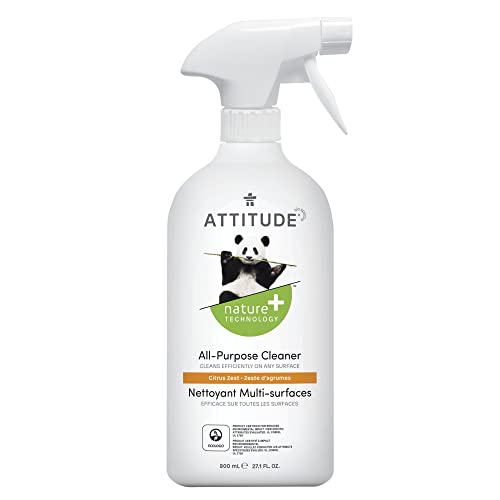
The Environmental Working Group (EWG) has certified Attitude products as non-toxic, meaning they contain no harsh chemicals or artificial compounds. I love using them for creating a non-toxic home.
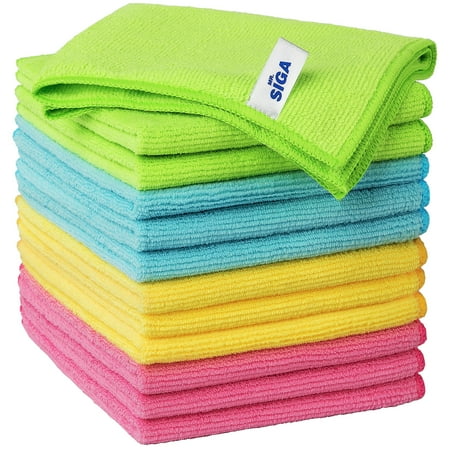
Microfiber cloths are machine washable, meaning you can reuse them for years with proper care. Simply wash after use on a warm water cycle and gentle detergent (skip the softener) to sanitize.

Designed to maximize under-cabinet storage, this large storage caddy comes with a removable inner caddy that can be removed and carried around for smaller tasks. It is ideal for grabbing quickly when fitting chores around your day.
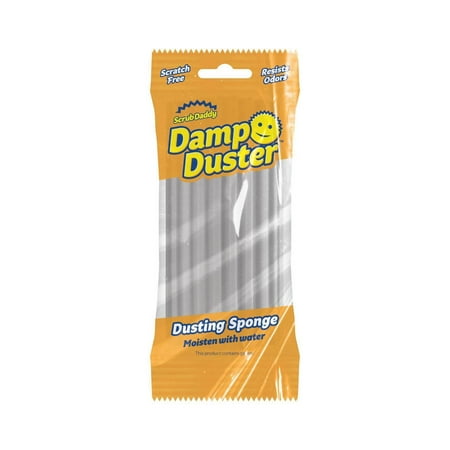
The Damp Duster is great for allergy sufferers as it removes all dust, pollen, pet hair, and more. Better yet, it is easy to clean – simply rinse the sponge with water to remove dust and grime and reuse.
Meet the Experts

As founder of MindLAB Neuroscience, Dr. Ceruto specializes in evidence-based coaching that transforms high-achieving clients through neuroplasticity and brain optimization. With over two decades with 3,000+ clients across 40+ countries, she holds dual PhDs in Behavioral & Cognitive Neuroscience from New York University, plus a master's degree in Clinical Psychology from Yale University.

Monica's coaching work focuses on removing the roadblocks that negatively impact leadership and connectivity, and paves the way for positive, successful outcomes and experiences in life and work.
Ended up with a task backlog? Consider trying a ‘scary hour’ to help power through the chores you have been procrastinating, in under 60 minutes.

Chiana has been at Homes & Gardens for two years and is our resident 'queen' of non-toxic living. She spends most of her time producing content for the Solved section of the website, helping readers get the most out of their homes through clever decluttering, cleaning, and tidying tips. She was named one of Fixr's top home improvement journalists in 2024.
You must confirm your public display name before commenting
Please logout and then login again, you will then be prompted to enter your display name.